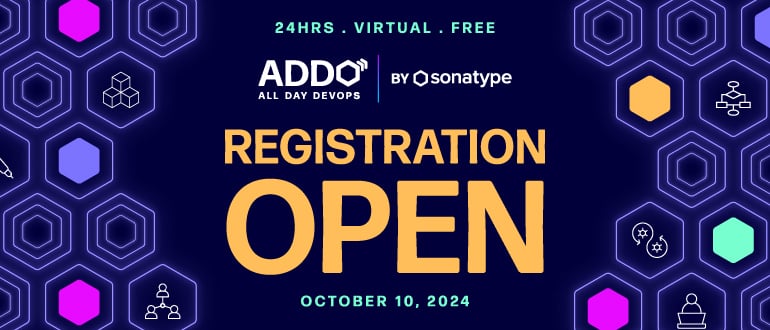![]()
Trend Micro revealed today it will extend an alliance with NVIDIA to include a Morpheus platform that harnesses graphical processor units (GPUs) to apply artificial intelligence (AI) to security operations.
Morpheus is an AI framework that comes with models that have been specifically trained to inspect IP network traffic. That framework can then be used by vendors such as Trend Micro to create pipelines through which telemetry data can be collected and analyzed in real-time to enable cybersecurity teams to adaptively apply cybersecurity policies as needed.
Fernando Cardoso, director of product management for Vision One Cloud Security at Trend Micro, said Morpheus will initially be manifested in Trend Micro Sovereign Private Cloud (SPC), a cybersecurity platform that is designed to secure private cloud computing environments. In an era where more organizations are subject to data sovereignty laws the level of interest in deploying application workloads in private clouds has dramatically increased, added Cardoso.
The alliance with NVIDIA, in addition to enabling organizations to leverage AI to automate cybersecurity workflows in real-time, also provides the foundation for securing AI workloads deployed across a distributed computing environment, he noted.
It’s not clear to what extent cybersecurity teams are leveraging AI to analyze threats and automate workflows, but as cyberattacks grow in volume and sophistication the only way cybersecurity teams will be able to effectively respond is to rely more on AI. The Morpheus platform provides Trend Micro and its customers with the ability to respond to those threats in near real-time without having to rely on cybersecurity teams that are already stretched thin to identify every threat.
In general, many cybersecurity teams are moving past an initial dismissal of AI as a tool of limited value to a mindset where many of them may no longer wish to manage security without it. The only way to reduce the inherent stress associated with ensuring cybersecurity is to rely more on automation. The challenge now is sorting through the plethora of options that become available, along with determining the total cost of implementing each one. The total cost of implementing AI using GPUs that are still difficult to find remains expensive.
Regardless of approach, however, it’s now more of a question of when cybersecurity teams will be relying more on AI rather than if. It’s not likely AI is going to replace the need for cybersecurity expertise so much as it will eliminate much of the toil that over time tends to burn cybersecurity teams out, noted Cardoso.
Of course, cybersecurity teams can also assume their adversaries will be making extensive use of AI, most of which already have the financial resources required to at the very least fund experimentation with various types of AI models. In effect, cybersecurity teams, like it or not, are now caught up in an AI arms race. The issue now will be waiting to determine just how much additional damage those adversaries might inflict before cybersecurity teams can similarly employ AI to hopefully respond much sooner and faster than they have ever been able to do before.
Recent Articles By Author

